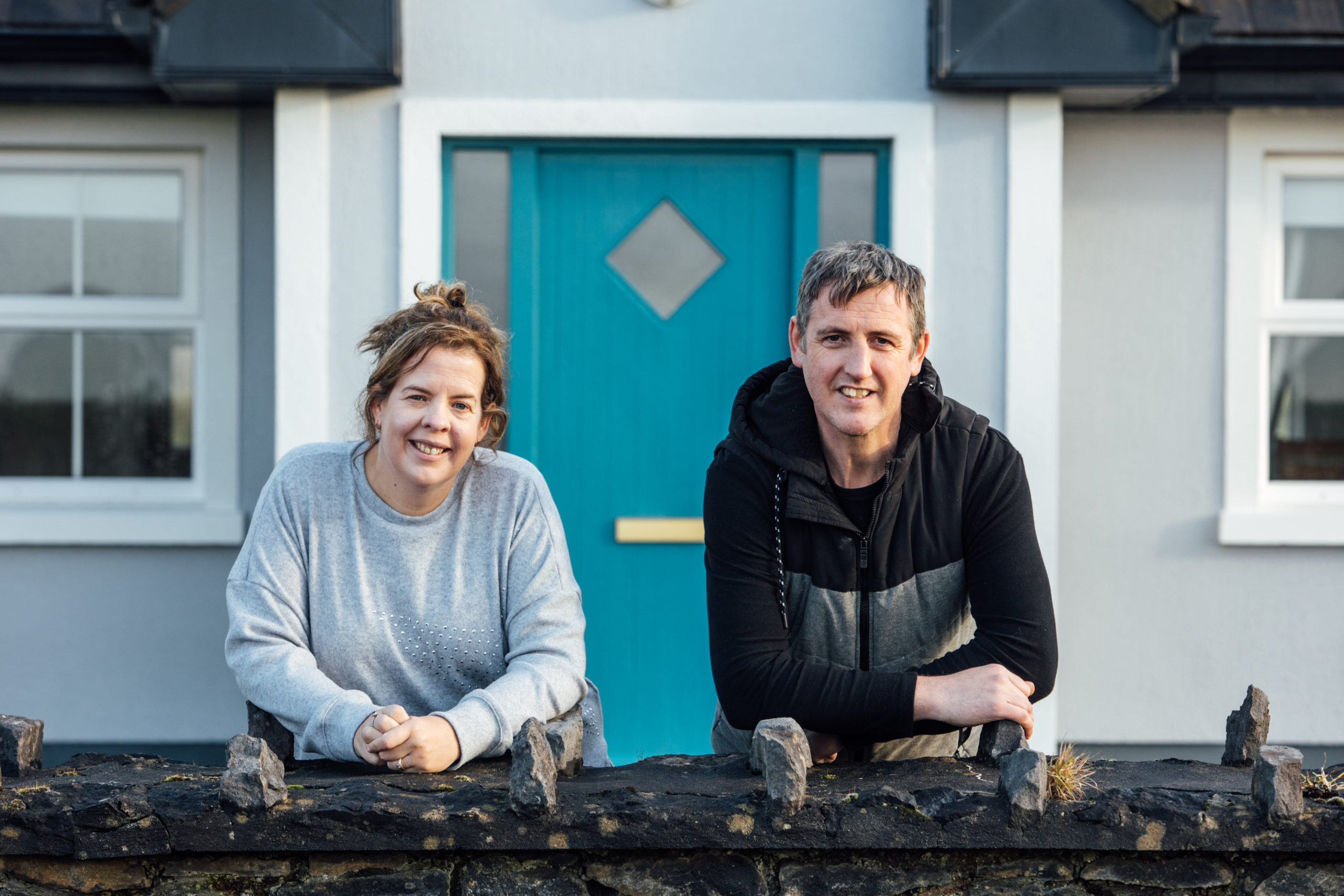Peter McVerry Trust, the national housing and homeless charity, has welcomed the release of figures showing that housing completions increased by 20% in 2018. The charity said it hoped the increase in the supply of new homes would make it easier to reduce the numbers in homeless hostels, hotels, B&Bs and all other forms of emergency accommodation.
Responding to the figures the CEO of Peter McVerry Trust, Pat Doyle, said “Peter McVerry Trust is delighted to see progress continuing to be made on the number of houses that are being completed. We all know that we started from a very low base, but at 20% increase year-on-year is a clear upward and positive trend.”
“We are glad that the number of apartments has increased year-on-year, growing by 6.5% but if we are to reflect on the need for one and two-bedroom homes in city and urban centres that we’d hope to see that figure treble next year.”
Mr Doyle also said “Many of the new homes completed in 2018 were completed by Local Authorities and members of the Irish Council for Social Housing, such as Peter McVerry Trust and of course private developments also accounted for a considerable proportion of the new homes. Our hope is that with all three pillars of housing delivery ramping up supply across the country it will make the job of homeless organisations easier to find new homes for those in homeless services.”
Information on Size of Units Being Completed
Peter McVerry Trust said it hoped that the CSO would deepen the level of information available by publishing data on the number of bedrooms in newly completed properties. They said such an indicator was important to show whether new homes were matching the housing need rather than delivering only larger, more expensive family homes.
“Peter McVerry Trust would be keen for the CSO to record and publish more specific figures on the types of properties that are being completed by the number of bedrooms in each property. While it is helpful to have a breakdown between, one-off houses, traditional housing schemes and apartments we also really need to monitor the size of the housing units.”
“This is very important to people in homelessness and the broader social housing waiting list because one-third of all those on a housing waiting list are single person households. Therefore we need to make sure that the construction of apartments, in particular, is providing enough one and two-bedroom homes to meet those needs. If we don’t track the bedroom data of new builds, we run the risk of building lots of three and four-bed family homes while there is a greater need for one and two-bedroom homes.”
Peter McVerry Trust said it hoped that the CSO would deepen the level of information available by publishing data on the number of bedrooms in newly completed properties. They said such an indicator was important to show whether new homes were matching the housing need rather than delivering only larger, more expensive family homes.
“Peter McVerry Trust would be keen for the CSO to record and publish more specific figures on the types of properties that are being completed by the number of bedrooms in each property. While it is helpful to have a breakdown between, one-off houses, traditional housing schemes and apartments we also really need to monitor the size of the housing units.”
“This is very important to people in homelessness and the broader social housing waiting list because one-third of all those on a housing waiting list are single person households. Therefore we need to make sure that the construction of apartments, in particular, is providing enough one and two-bedroom homes to meet those needs. If we don’t track the bedroom data of new builds, we run the risk of building lots of three and four-bed family homes while there is a greater need for one and two-bedroom homes.”

